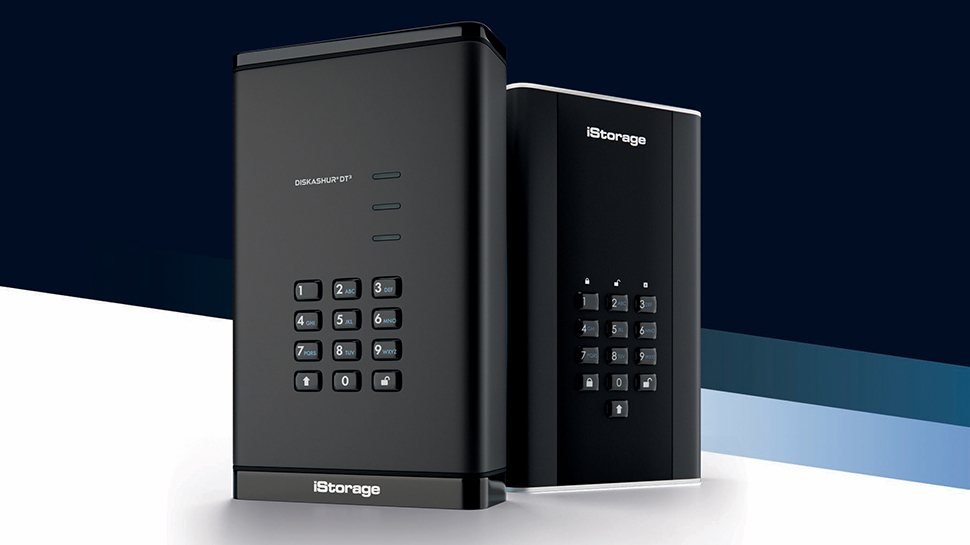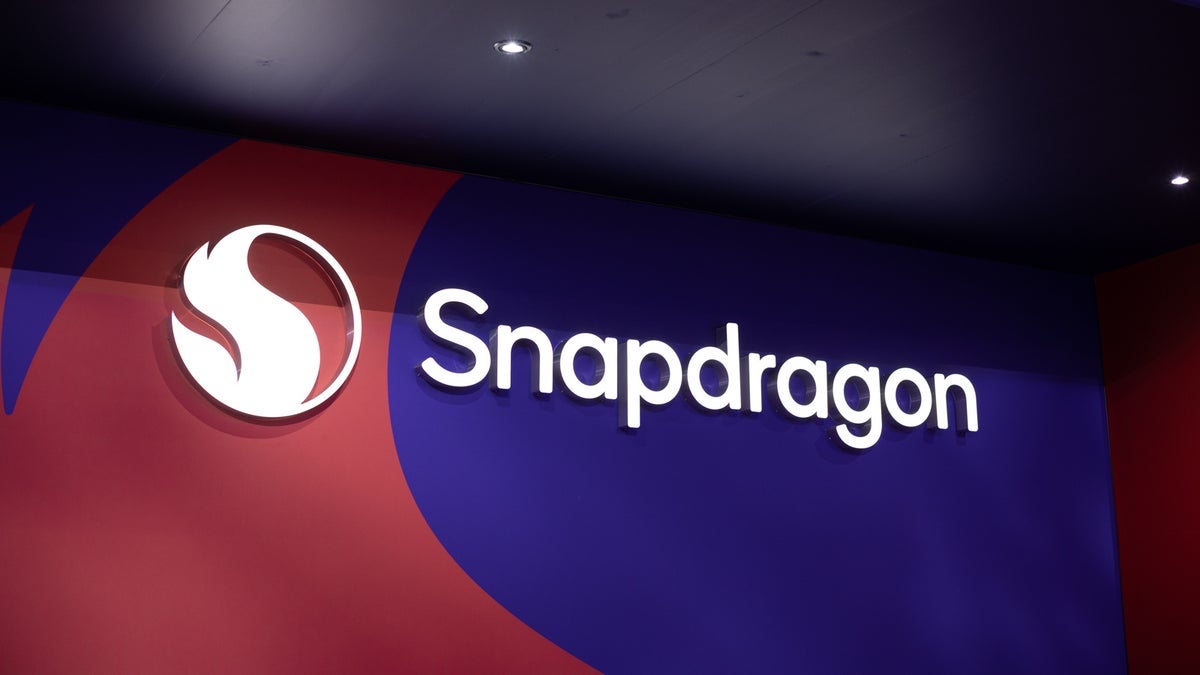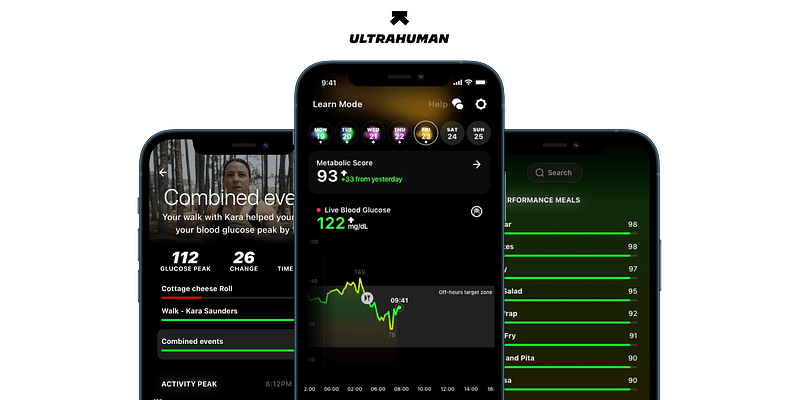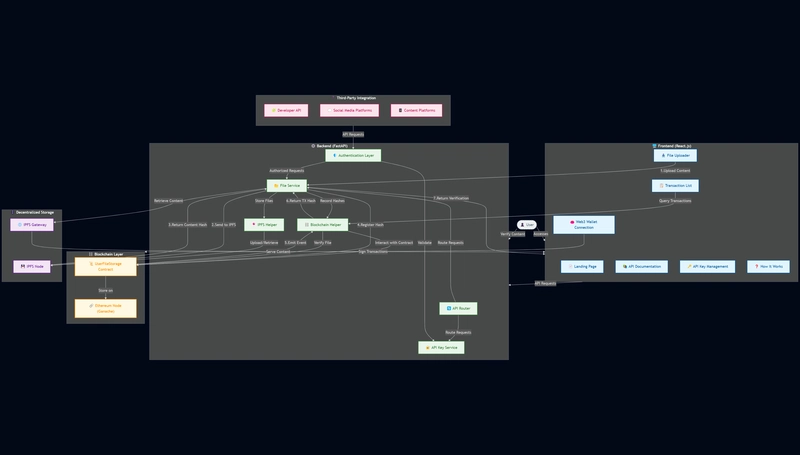How to Value a Blockchain Project: A Comprehensive Guide
Abstract: This post provides a holistic guide to valuing blockchain projects by combining traditional financial methodologies with blockchain-specific metrics. We break down blockchain basics, project components, tokenomics, and valuation models. Practical use cases, challenges, future trends, and risk management strategies are discussed. In addition, we explore community evaluation, governance, and technological benchmarks, supporting the analysis with tables, bullet lists, and authoritative links from trusted sources. Introduction In recent years, the blockchain ecosystem has evolved beyond merely powering cryptocurrencies, becoming a dynamic platform for decentralized applications and innovative finance solutions. As blockchain technology gains adoption across sectors—from finance to supply chain management—a thorough understanding of how to evaluate these projects becomes crucial. This article will guide you through the process of assessing a blockchain project using both traditional financial models and blockchain-specific metrics. Whether you are an investor, developer, or simply a technology enthusiast, these insights will help you understand the multi-layered approach required in this rapidly evolving field. For more details on the foundational aspects, check the original guide How to Value a Blockchain Project: A Comprehensive Guide. Background and Context A Brief History of Blockchain Blockchain technology first gained widespread attention as the underlying mechanism for Bitcoin. Its key attributes—decentralization, transparency, security, and immutability—have since spurred the development of various projects. Over time, blockchain has evolved into a versatile foundation for decentralized finance (DeFi), digital identity, supply chain transparency, and more. Defining a Blockchain Project A typical blockchain project includes: Protocol Layer: The fundamental code base and consensus mechanism. Application Layer: Decentralized applications (dApps) and smart contracts that utilize the protocol. Ecosystem: The network of users, developers, partners, and community engagement that supports the platform. Tokenomics: The economic model surrounding the native token, including its issuance, utility, and governance roles. For a detailed explanation, visit What is Blockchain and learn about Types of Blockchains. Integration of Traditional and Blockchain-Specific Metrics Traditional valuation methods such as Discounted Cash Flow (DCF) and Net Asset Value (NAV) provide valuable insights for mature projects. However, given the unique revenue and growth dynamics of early-stage blockchain projects, newer models incorporating network effects—like Metcalfe’s Law, NVT Ratio, and token velocity metrics—are required. Explore traditional financial frameworks on Investopedia's Guide to Financial Statements and blockchain-specific metrics through NFT Valuation. Core Concepts and Features Blockchain Basics A solid understanding of blockchain’s underlying principles is essential for valuation. The following core ideas give blockchain its strength: Decentralization: Distributed networks reduce the control of centralized entities. Transparency: Public ledgers allow every transaction to be verified by network participants. Security: Cryptographic algorithms secure transactions and token distributions. Immutability: Once recorded, data on the blockchain cannot be altered, enhancing trust. Valuation Models: Traditional vs. Blockchain-Specific Below is a comparison table that highlights the differences between conventional valuation approaches and new blockchain-specific models: Aspect Traditional Models Blockchain-Specific Models Revenue Prediction Forecasts based on established cash flow patterns Token velocity, network usage, and on-chain metrics Asset Valuation Net Asset Value (NAV) Incorporates protocol utility and token supply dynamics Growth Measurement Historical financial data Metcalfe’s Law and network effects Risk Assessment Market volatility and operational risks Includes regulatory, technological, and network risks Key Metrics in Blockchain Valuation Consider the following bullet list of key indicators to assess a blockchain project: Token Utility: Evaluate how the token is used within the ecosystem. Governance Mechanisms: Determine the transparency and effectiveness of community and on-chain governance. Team Expertise & Community Engagement: A strong team and vibrant community underpin sustainable growth. Market Competition: Analyze how the project stands in its sector relative to peers. Scalability and Interoperability: Understand the protocol’s ability to scale and interact with other blockchains. Risk Factors: Identify regulatory, technical, and operational risks using a structured risk management approach (Risk Management Strategies). Evaluating To
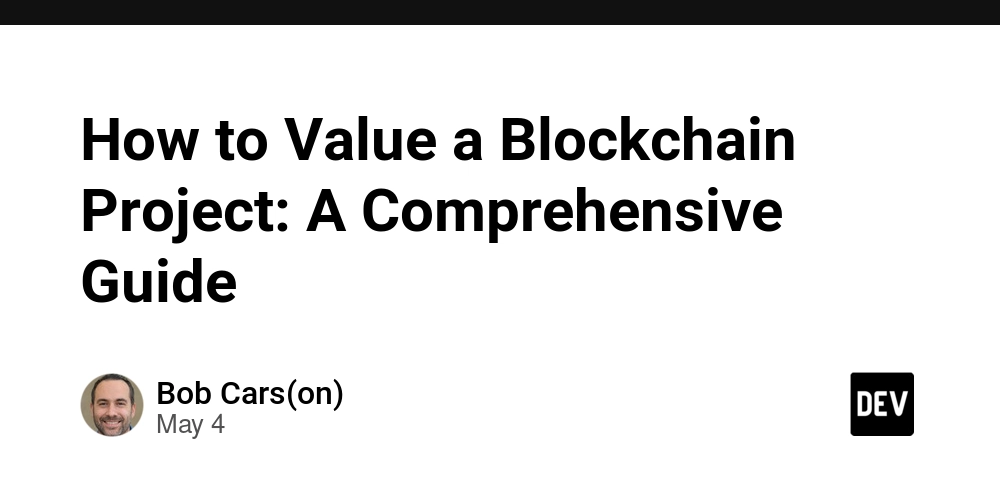
Abstract:
This post provides a holistic guide to valuing blockchain projects by combining traditional financial methodologies with blockchain-specific metrics. We break down blockchain basics, project components, tokenomics, and valuation models. Practical use cases, challenges, future trends, and risk management strategies are discussed. In addition, we explore community evaluation, governance, and technological benchmarks, supporting the analysis with tables, bullet lists, and authoritative links from trusted sources.
Introduction
In recent years, the blockchain ecosystem has evolved beyond merely powering cryptocurrencies, becoming a dynamic platform for decentralized applications and innovative finance solutions. As blockchain technology gains adoption across sectors—from finance to supply chain management—a thorough understanding of how to evaluate these projects becomes crucial. This article will guide you through the process of assessing a blockchain project using both traditional financial models and blockchain-specific metrics. Whether you are an investor, developer, or simply a technology enthusiast, these insights will help you understand the multi-layered approach required in this rapidly evolving field.
For more details on the foundational aspects, check the original guide How to Value a Blockchain Project: A Comprehensive Guide.
Background and Context
A Brief History of Blockchain
Blockchain technology first gained widespread attention as the underlying mechanism for Bitcoin. Its key attributes—decentralization, transparency, security, and immutability—have since spurred the development of various projects. Over time, blockchain has evolved into a versatile foundation for decentralized finance (DeFi), digital identity, supply chain transparency, and more.
Defining a Blockchain Project
A typical blockchain project includes:
- Protocol Layer: The fundamental code base and consensus mechanism.
- Application Layer: Decentralized applications (dApps) and smart contracts that utilize the protocol.
- Ecosystem: The network of users, developers, partners, and community engagement that supports the platform.
- Tokenomics: The economic model surrounding the native token, including its issuance, utility, and governance roles.
For a detailed explanation, visit What is Blockchain and learn about Types of Blockchains.
Integration of Traditional and Blockchain-Specific Metrics
Traditional valuation methods such as Discounted Cash Flow (DCF) and Net Asset Value (NAV) provide valuable insights for mature projects. However, given the unique revenue and growth dynamics of early-stage blockchain projects, newer models incorporating network effects—like Metcalfe’s Law, NVT Ratio, and token velocity metrics—are required. Explore traditional financial frameworks on Investopedia's Guide to Financial Statements and blockchain-specific metrics through NFT Valuation.
Core Concepts and Features
Blockchain Basics
A solid understanding of blockchain’s underlying principles is essential for valuation. The following core ideas give blockchain its strength:
- Decentralization: Distributed networks reduce the control of centralized entities.
- Transparency: Public ledgers allow every transaction to be verified by network participants.
- Security: Cryptographic algorithms secure transactions and token distributions.
- Immutability: Once recorded, data on the blockchain cannot be altered, enhancing trust.
Valuation Models: Traditional vs. Blockchain-Specific
Below is a comparison table that highlights the differences between conventional valuation approaches and new blockchain-specific models:
| Aspect | Traditional Models | Blockchain-Specific Models |
|---|---|---|
| Revenue Prediction | Forecasts based on established cash flow patterns | Token velocity, network usage, and on-chain metrics |
| Asset Valuation | Net Asset Value (NAV) | Incorporates protocol utility and token supply dynamics |
| Growth Measurement | Historical financial data | Metcalfe’s Law and network effects |
| Risk Assessment | Market volatility and operational risks | Includes regulatory, technological, and network risks |
Key Metrics in Blockchain Valuation
Consider the following bullet list of key indicators to assess a blockchain project:
- Token Utility: Evaluate how the token is used within the ecosystem.
- Governance Mechanisms: Determine the transparency and effectiveness of community and on-chain governance.
- Team Expertise & Community Engagement: A strong team and vibrant community underpin sustainable growth.
- Market Competition: Analyze how the project stands in its sector relative to peers.
- Scalability and Interoperability: Understand the protocol’s ability to scale and interact with other blockchains.
- Risk Factors: Identify regulatory, technical, and operational risks using a structured risk management approach (Risk Management Strategies).
Evaluating Tokenomics and Governance
Tokenomics examines a project's token supply, distribution, and utility functions. Effective models usually entail:
- Incentive Structures: How tokens reward network participants.
- Utility Integration: The role tokens play in accessing platform features.
- Governance: Both on-chain voting and community-driven decision processes, which can be further understood via Community Engagement Strategies.
For a deeper dive into token dynamics, visit NFT Utility Tokens.
Applications and Use Cases
Practical Example 1: Decentralized Finance (DeFi)
Consider Ethereum—a project that started as a blockchain platform for smart contracts and evolved into a thriving DeFi ecosystem. Its value lies not only in its native token but also in its ability to host numerous dApps, lending platforms, and decentralized exchanges. By evaluating Ethereum, one can see the benefit of blending traditional market analysis with blockchain-specific metrics.
Practical Example 2: Supply Chain Transparency
Walmart’s adoption of blockchain for supply chain transparency exemplifies how blockchain can provide traceability. This application ensures the integrity of data pertaining to food safety and product provenance. Valuing such a project requires assessing both its operational impact and regulatory risk, similar to traditional supply chain analytics.
Practical Example 3: Community-Driven Projects
Projects that rely on vibrant community participation exhibit strong network effects. Platforms that integrate community-led governance typically see accelerated adoption and enhanced security. Engaging with communities through platforms like Reddit's CryptoCurrency can provide additional insights into user sentiment and project traction.
For further perspectives, check out Decentralized Governance in Open Source: Bridging Innovation and Community.
Challenges and Limitations
Technical and Regulatory Challenges
Evaluating blockchain projects comes with its own set of challenges:
- Technological Complexity: The ever-changing blockchain landscape requires ongoing technical expertise.
- Regulatory Uncertainty: Changing global regulations can impact token valuation and project compliance. For instance, staying updated with sources like Global Legal Blockchain is crucial.
- Scalability Issues: Not all blockchains can handle exponential growth or cross-chain interoperability without significant upgrades.
Market and Adoption Risks
- Liquidity Risks: Early-stage tokens may lack sufficient market depth.
- Adoption Barriers: Despite technological promise, achieving mass adoption remains a challenge.
- Competitor Pressure: The blockchain space is crowded; continuous innovation is necessary to stay ahead.
A helpful read on these topics is Navigating Uncertainty: Effective Risk Management Strategies in Business.
Future Outlook and Innovations
Emerging Trends in Blockchain Valuation
The future of blockchain project valuation is likely to see further integration of machine learning and real-time data analytics to refine predictive models. Expect these trends:
- Real-Time On-Chain Analytics: More granular data from the blockchain can lead to dynamic valuation models.
- Enhanced Risk Models: Increased focus on regulatory clarity and cybersecurity measures will reshape project evaluations.
- Interoperability Improvements: Projects focusing on multi-chain support and interoperability (e.g., Arbitrum and Ethereum Interoperability) will likely play a significant role.
Emerging trends are also discussed in Funding Blockchain Projects in Open Source.
Innovations Driving Tokenomics and Governance
- Decentralized Governance Models: Improved governance frameworks that blend community input with expert oversight are emerging.
- Token Burn Mechanisms: These help manage supply and can positively affect token valuation over time.
- On-Chain Audits and Automated Compliance: Leveraging blockchain for transparency in regulatory compliance and risk management.
Summary
Valuing a blockchain project necessitates an integrated approach combining time-tested financial models with innovative, blockchain-specific metrics. By understanding the technical, economic, and community dimensions, investors and developers alike can assess the true potential of a project.
Key Takeaways:
- Blockchain Basics: A strong foundation in decentralization, transparency, and security is crucial.
- Dual Valuation Framework: Traditional metrics must be augmented with blockchain-specific models like Metcalfe’s Law and token velocity.
- Critical Metrics: Focus on token utility, governance, team expertise, and network effects to evaluate prospects.
- Risks and Challenges: Consider technological, liquidity, and regulatory risks when assessing blockchain projects.
- Future Trends: Advanced analytics, enhanced interoperability, and decentralized governance will redefine valuation norms.
For a complete overview and further details, revisit the original article How to Value a Blockchain Project: A Comprehensive Guide. Additionally, explore helpful insights from trusted sources like IBM Blockchain and Ethereum Developers' Documentation.
Additional Resources
Useful Links:
- What is Blockchain
- Types of Blockchains
- NFT Valuation
- Community Engagement Strategies
- Risk Management Strategies
Dev.to Articles:
- Understanding GitHub Sponsors Fees and Impact on Open Source
- Navigating Uncertainty: Effective Risk Management Strategies in Business
- Decentralized Governance in Open Source: Bridging Innovation and Community
By understanding both the financial fundamentals and the unique technical attributes of blockchain projects, you can navigate this complex field with greater confidence. Valuation is not just about numbers—it’s about understanding a project’s potential to innovate and transform industries. Armed with comprehensive evaluation tools and up-to-date trends, you are better positioned to make informed decisions in the dynamic world of blockchain.
Happy evaluating, and may your insights drive forward a more decentralized future!





































































































































































![[The AI Show Episode 145]: OpenAI Releases o3 and o4-mini, AI Is Causing “Quiet Layoffs,” Executive Order on Youth AI Education & GPT-4o’s Controversial Update](https://www.marketingaiinstitute.com/hubfs/ep%20145%20cover.png)















































































































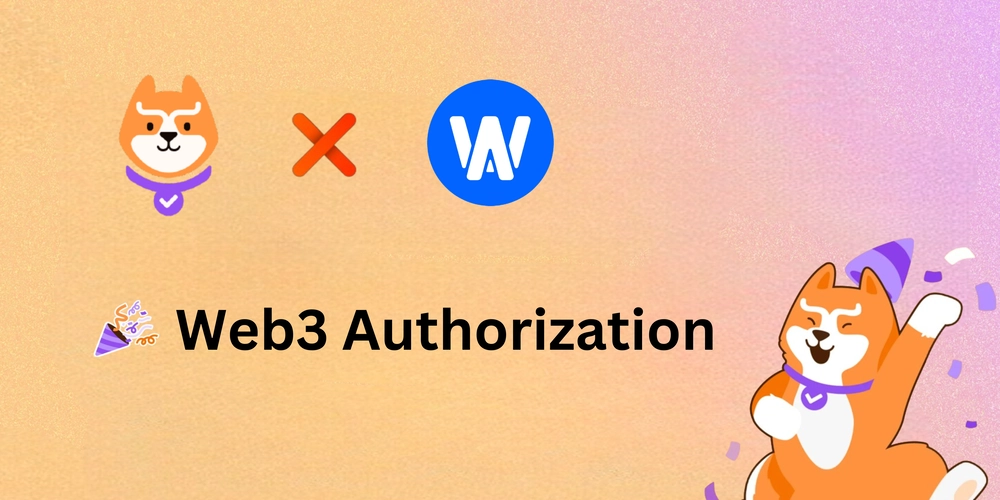













![[DEALS] Microsoft 365: 1-Year Subscription (Family/Up to 6 Users) (23% off) & Other Deals Up To 98% Off – Offers End Soon!](https://www.javacodegeeks.com/wp-content/uploads/2012/12/jcg-logo.jpg)



![From Art School Drop-out to Microsoft Engineer with Shashi Lo [Podcast #170]](https://cdn.hashnode.com/res/hashnode/image/upload/v1746203291209/439bf16b-c820-4fe8-b69e-94d80533b2df.png?#)




















![Re-designing a Git/development workflow with best practices [closed]](https://i.postimg.cc/tRvBYcrt/branching-example.jpg)




















































































(1).jpg?#)





























_Inge_Johnsson-Alamy.jpg?width=1280&auto=webp&quality=80&disable=upscale#)































































































![The Material 3 Expressive redesign of Google Clock leaks out [Gallery]](https://i0.wp.com/9to5google.com/wp-content/uploads/sites/4/2024/03/Google-Clock-v2.jpg?resize=1200%2C628&quality=82&strip=all&ssl=1)
![What Google Messages features are rolling out [May 2025]](https://i0.wp.com/9to5google.com/wp-content/uploads/sites/4/2023/12/google-messages-name-cover.png?resize=1200%2C628&quality=82&strip=all&ssl=1)














![New Apple iPad mini 7 On Sale for $399! [Lowest Price Ever]](https://www.iclarified.com/images/news/96096/96096/96096-640.jpg)
![Apple to Split iPhone Launches Across Fall and Spring in Major Shakeup [Report]](https://www.iclarified.com/images/news/97211/97211/97211-640.jpg)
![Apple to Move Camera to Top Left, Hide Face ID Under Display in iPhone 18 Pro Redesign [Report]](https://www.iclarified.com/images/news/97212/97212/97212-640.jpg)
![Apple Developing Battery Case for iPhone 17 Air Amid Battery Life Concerns [Report]](https://www.iclarified.com/images/news/97208/97208/97208-640.jpg)
















